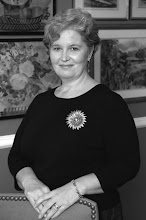
The DMRF is proud to be a part of a two-year effort to develop and implement the first-ever patient registry devoted to focal dystonias. The registry is designed to collect data on persons affected with a focal dystonia(s) to assist in clinical research efforts including clinical and research trials.
This collaboration is between dystonia patient organizations and the research leaders of the Dystonia Coalition to develop and offer this self-reporting patient registry to the dystonia community. “The registry is a fantastic new opportunity for the dystonia community worldwide. It is going to be extremely valuable for fostering better communication between people who are affected by dystonia and researchers who are trying to learn more about dystonia,” said Dr. H. Jinnah, the principal investigator for the Dystonia Coalition. The goal of the registry is to support future dystonia studies through the collection of data on persons affected by dystonia.
Although the focal dystonias have many different manifestations, most experts believe they share a common pathogenesis or mechanism that causes the disorder. The common causes may be a similar gene defect, similar lifetime experiences, or both. Collecting information from different patient populations may help us identify the common features that they may share. This Registry compliments the current scope of research for the Dystonia Coalition, a National Institutes of Health supported clinical research effort.
To learn more or to register with the Global Dystonia Registry go to: http://www.globaldystoniaregistry.org/












